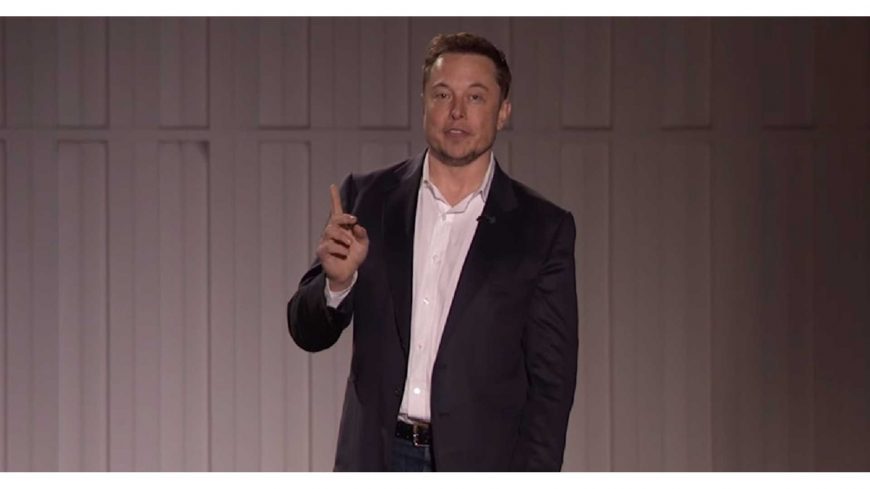
As the case between Twitter and Tesla CEO Elon Musk heats up, more information is coming to the forefront. Amid Musk getting access to a former executive and new developments related to a whistleblower, it has now come to light that the US Securities and Exchange Commission (SEC) asked Twitter how it calculates the percentage of spam accounts on its platform.
New filings that just became public this week reveal that the SEC made the request back in June 2022. For those who haven’t been following, Elon Musk aimed to buy Twitter and then backed out of the deal claiming that the social media company wasn’t honest about the number of spam/scam/bot and other fake accounts on its platform.
When Musk first talked on Twitter about taking over the social media platform, he was aware of the spam accounts. In fact, he said one of his goals was to get rid of them. However, he later claimed he had no idea there were so many, and he wanted details from Twitter, not only about how many fake accounts there are, but also about how the social media company calculates them.
The new filing proves that Musk isn’t the only person wondering how Twitter figures out the percentage of bots or spam accounts among its users. However, to be clear, according to CNBC, the SEC’s request didn’t mention anything about potential legal action going forward.
Musk hoped to push the case back as long as possible and then draw it out. It was his hope that his team of lawyers would have more time to discover details related to the spam accounts and how they are calculated. A judge decided on October 17, 2022, for a five-day trial, which is more in line with Twitter’s requests.
The judge also sided with Twitter related to a number of employees Musk hoped to gain access to. The vocal CEO countersued Twitter and aimed to get permission for his lawyers to talk to several employees who might be able to shed more light on the bot-counting process. Twitter did provide Musk access to one former Twitter executive who may be able to help.
In the meantime, a former Twitter security officer who goes by the name Peiter “Mudge” Zatko has come forward as a whistleblower. He claims to have information that could potentially help Musk with his case.
At any rate, the SEC’s letter went to CEO Parag Agrawal on June 15, 2022. It specifically asked that the CEO disclose the methodology Twitter uses for keeping track of spam accounts. The letter also referenced Twitter’s admitted error from 2019 and requested details about how the social media company discovered the related error. The SEC wrote via CNBC:
“Given that the error persisted for three years, please tell us how you concluded there was not a material weakness in your internal control over financial reporting and that your disclosure controls and procedures were effective as of March 31, 2022.”
Twitter responded on June 22 stating that employees manually review thousands of accounts that are chosen at random. The reviewers have a set of rules that determine whether an account is spam. Twitter also provided details to the SEC about why it believes its 2019 error, which was related to the number of monetizable daily active Twitter users (mDAU), wasn’t a material weakness.
Twitter explained that the 2019 error was “less than one percent of mDAU for each of the quarters from the fourth quarter of 2020 through the fourth quarter of 2021″ and didn’t impact other related metrics or financial statements.
The SEC responded to let CEO Agrawal know that its review was complete and reminded the CEO that the company is responsible for providing accurate disclosures.


